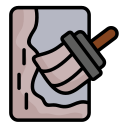Polish Options for Exotic Wood Types: Bringing Out Their Natural Brilliance
Understanding How Polish Interacts with Exotic Woods
Cocobolo, teak, and rosewood exude natural oils that can repel many polishes. A solvent wipe and a dewaxed shellac sealer create a bonding bridge, turning tricky surfaces into friendly canvases for durable, beautiful shine.
Understanding How Polish Interacts with Exotic Woods
Species like wenge and zebrawood have cavernous pores that swallow polish and scatter light. Proper pore filling—pumice with shellac, or a compatible filler—levels the surface, deepens reflection, and saves countless coats while preserving crisp, tactile character.
Core Polish Options That Truly Work on Exotics
Dewaxed Shellac for Sealing and French Polishing
Dewaxed shellac adheres where many finishes fail, making it an ideal first coat on oily species. As a French polish, it forms jewel-like depth. Applied in whisper-thin layers with alcohol and oil, it repairs easily and flatters dramatic figure.
Hardwax Oils for Touchable, Natural Warmth
Hardwax oils penetrate, polymerize, and leave a breathable, repairable sheen perfect for tactile pieces. On teak, padauk, or zebrawood, they enhance color without plastic gloss. Multiple thin applications, buffed patiently, build a resilient, low-sheen luster.
Microcrystalline and Carnauba Waxes as Final Glaze
As a topcoat over cured finishes, wax adds slip, depth, and scratch resistance. Microcrystalline formulas resist fingerprints; carnauba boosts hardness and shine. Avoid silicone-laden sprays, which contaminate future repairs and can cause stubborn fisheyes.
Match the Polish to the Species
Cocobolo and Rosewood: Tackling Oils with Confidence
Wipe with naphtha or acetone, then seal immediately with dewaxed shellac to lock in adhesion before oils resurface. From there, French polish or thinned varnish builds predictably. Test on offcuts; some boards vary wildly in oil content and behavior.
Wenge and Zebrawood: Pores, Contrast, and Clarity
Use a pore filler tinted to the darker latewood to avoid chalky pores. After sealing, choose hardwax oil for touch or shellac for glow. Gentle burnishing between coats keeps the dramatic striping crisp, not muddy.
Purpleheart and Padauk: Managing Color Shifts
Purpleheart browns with UV; padauk can deepen to russet. A UV-inhibiting topcoat slows change, while clear, dewaxed shellac preserves vibrancy. Avoid aggressive heat during polishing, which accelerates oxidation and dulls the very colors you love.
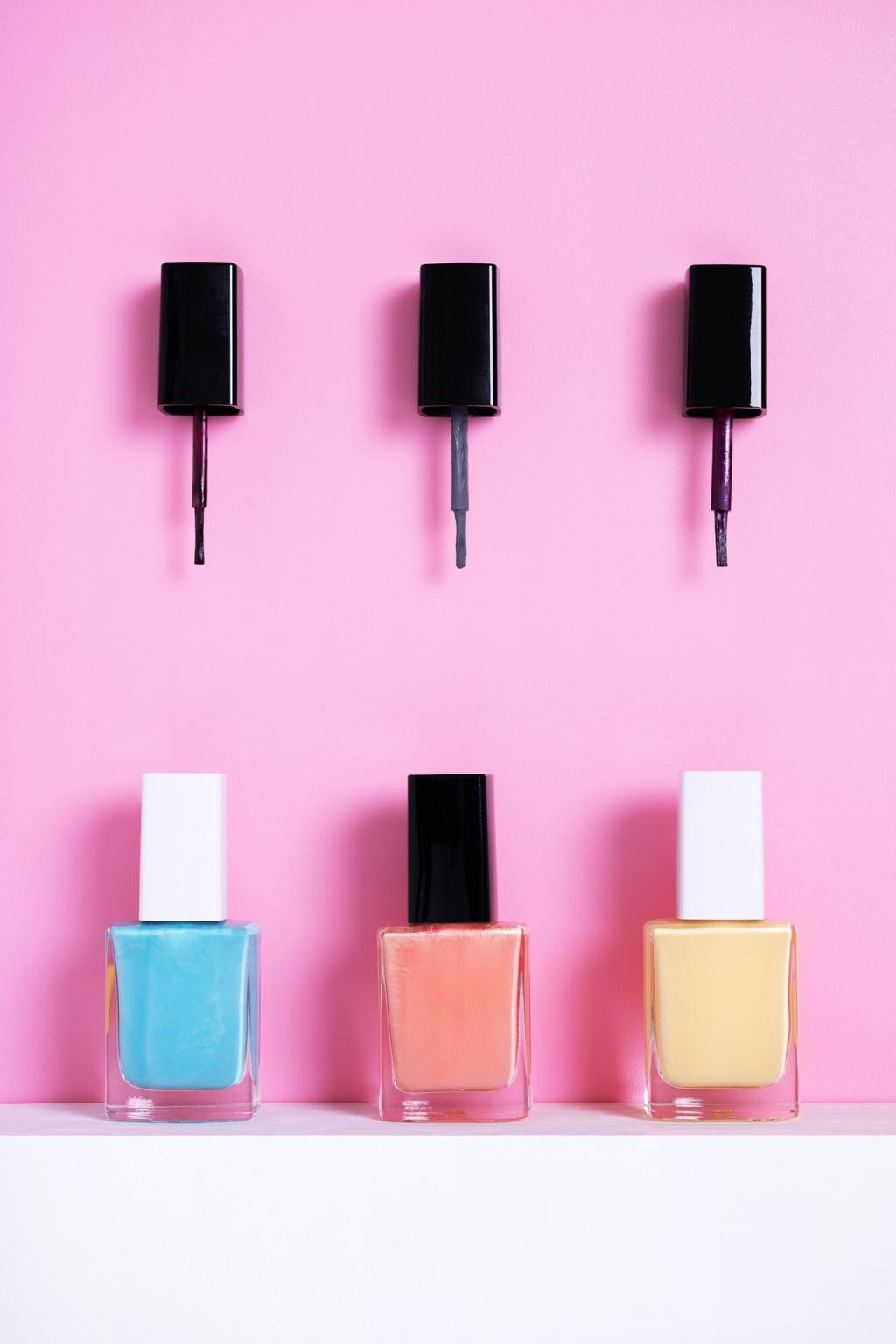

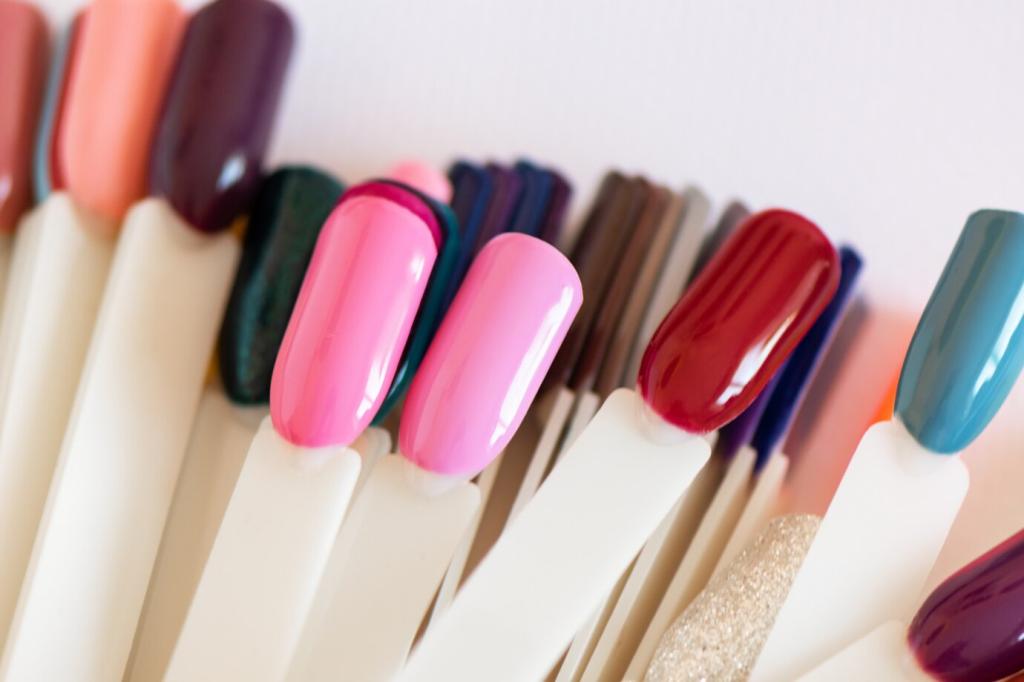
Dust with a soft cloth and a breath of water, not silicone sprays. For fingerprints, use a tiny amount of odorless mineral spirits. Rewax sparingly, letting prior layers fully cure to avoid smearing or trapping moisture.
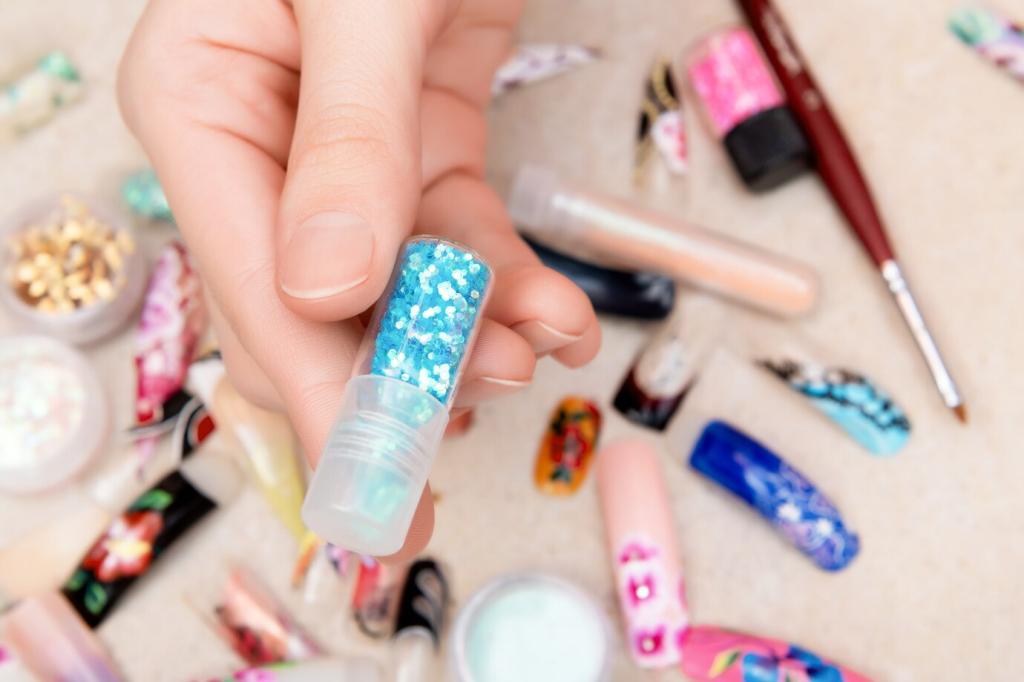
Stories from the Shop: Lessons in Polish and Patience
After three blotchy tries with varnish, a switch to dewaxed shellac transformed the ebony. Thin, padded layers built glassy depth; a final microcrystalline wax removed drag. The client traced the reflection with a fingertip and simply whispered, perfect.
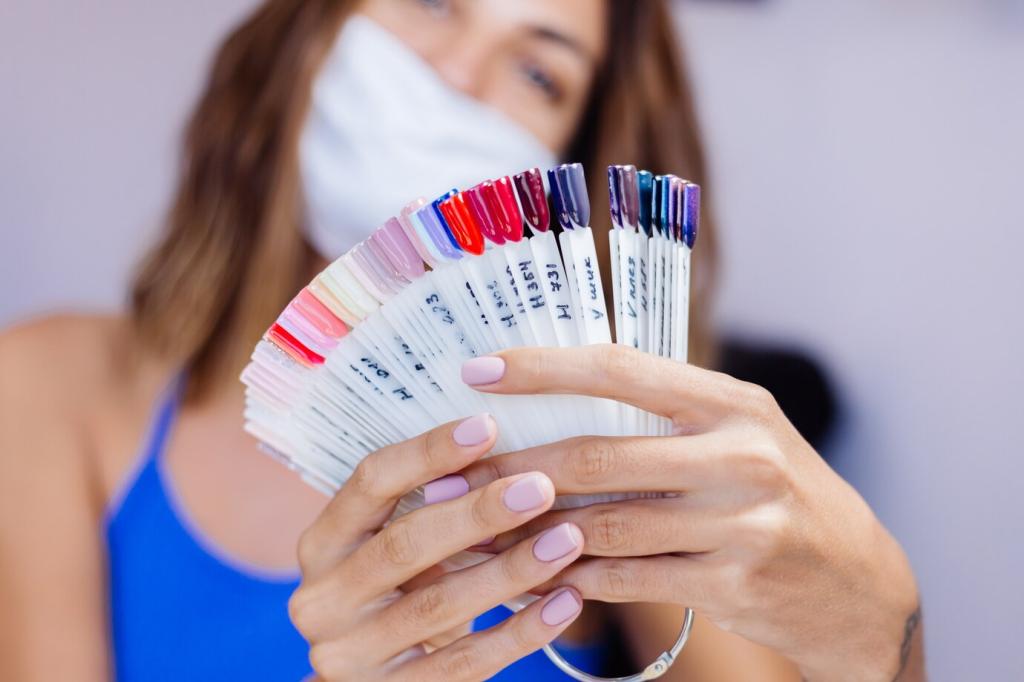
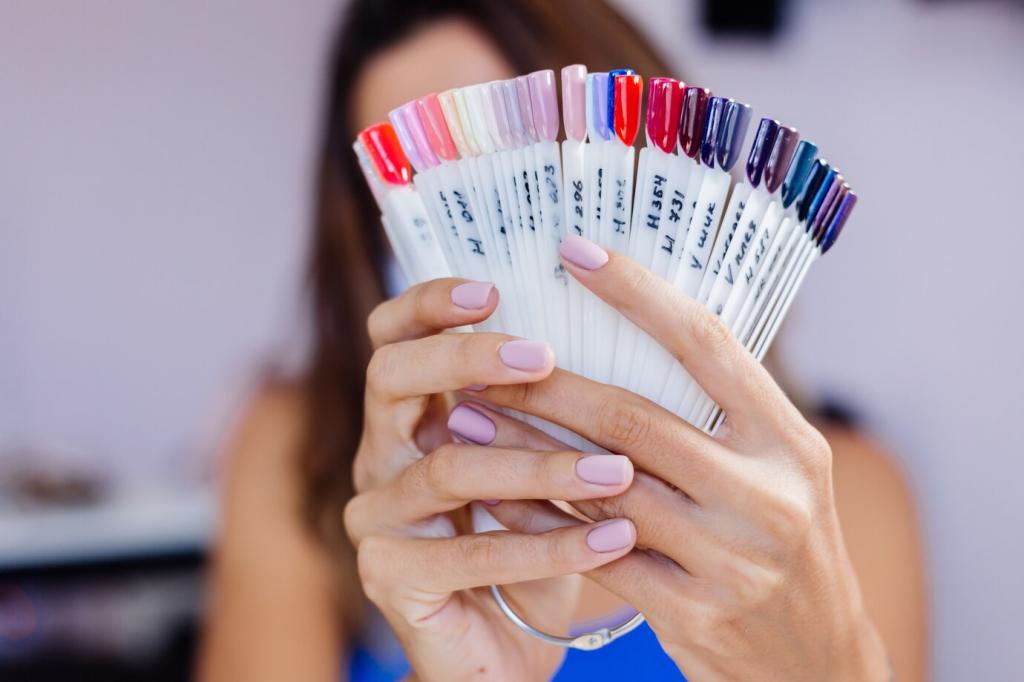
Join the Conversation: Share, Ask, and Subscribe
Post a comment describing the wood, your prep, and the polish you chose. Include photos, grit progression, and cure times so fellow readers can learn from your hard-won success.
Join the Conversation: Share, Ask, and Subscribe
We love transformations. Share a quick timeline—solvent wipe, seal, fill, polish—and the moment the piece came alive. We may feature your project in an upcoming roundup.
